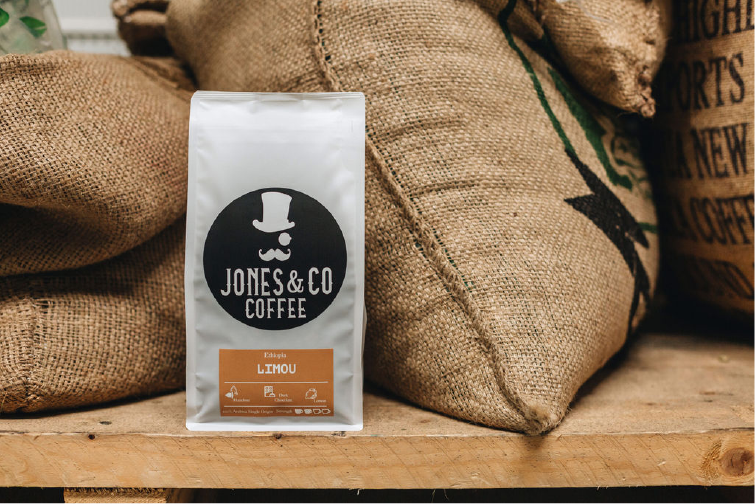Milk Texturing
Imagine the moment when you pour a velvety, creamy layer of frothed milk over your espresso, transforming it into a luxurious cappuccino or a delightful latte. Milk texturing is not just a skill; it’s an art form that elevates your coffee experience to new heights. Whether you’re a seasoned barista or a home brewing enthusiast, mastering this technique will unlock a world of flavor and texture that will leave your taste buds dancing with joy.
What you’ll need
- Milk Jug
- Your choice of Milk
- Freshly prepared espresso
Step 1
Fill your milk jug to the base of the spout with your choice of milk. Always make sure it’s a clean cool jug and fresh milk, you’ll need enough time to steam your milk, which cold milk will afford you. Never fill above the base of the spout, as you won’t have enough room in the jug when you add air into the milk.
Step 2
Purge the steam wand immediately before you want to steam your milk. This will rid the steam wand of water that has condensed inside, otherwise you’ll be adding water to your milk.
Step 3
Angle the steam wand at a 45 degree angle toward you.
Step 4
Raise the milk jug up and make sure the tip of the wand is just below the surface, too high and milk will spit everywhere, too low and you won’t be able to texture your milk.
Step 5
Begin to steam your milk. You’ll need to make sure there’s enough pressure, so don’t be afraid of opening it all the way, otherwise you may hear some loud piercing noises!
Step 6
Hold your jug slightly to the right, with the tip of the wand right of center, this will get the milk turning in a clockwise direction, known as a vortex. It’s this movement that adds texture to your milk.
Step 7
Aerating or stretching milk and texturing, are the two processes we are trying to achieve simultaneously, while we bring it to the correct temperature. As we add air into the milk by lowering the jug as we steam, the volume of milk increases.
Step 8
Once we have created enough micro foam, we want to raise the jug up to prevent creating too much foam. Continue to texture the milk and heat, making sure to maintain the vortex.
Step 9
Once we reach 65 degrees, it’s time to close the steam wand. Any hotter and we’ll begin to over heat the milk and separate that silky texture we’ve worked so hard to create.
Step 10
Leave your milk to rest on the bench while you do step 11. This gives the milk and foam time to combine.
Step 11
Always, always wipe the steam wand once you’re finished and purge it of any remnants of milk that may remain inside. If we keep it clean as we go, there’s less to do later and you keep your pride and joy ready to use next time.
Step 12
Now start to swirl the milk in the jug to further combine and texture the milk. You’ll see the surface of the milk go from a matte to a glossy texture, now you’re ready to pour.
Step 13
Pour with purpose in a counter clockwise direction, not slowly or too hastily, you need a steady stream of milk. We want to create a brown, crema couloured base that we can decorate with the white of the milk. Don’t be discouraged by your early abstract works of art, it takes time to learn the feel and timing of when to pour and how the milk reacts to the coffee.
Step 14
The best step. Find a quiet place to reflect on and taste your efforts!

